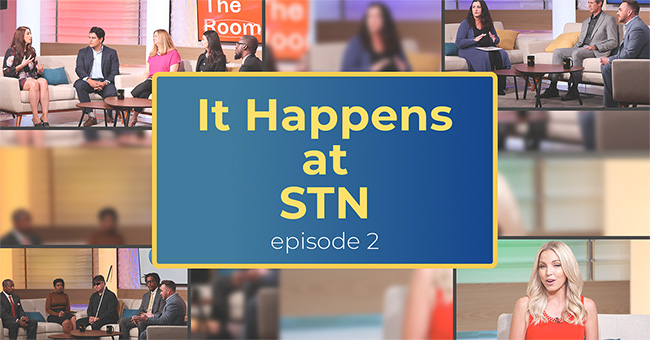In an effort to create a more inclusive workspace, leaders should take a variety of disabilities into account when deciding which tools and technologies will help their employees become more productive
In an action panel during the October episode of It Happens at STN, Mike Hess from the Blind Institute of Technology and Kenneth Mims from the Neurodiversity Education & Research Center joined Arizona Black Chamber CEO Robin Reed and NABEDC Project Director Kaaren Lyn-Graves to talk about ways to improve the recruiting and workplace experience for all.
The group also addressed the importance of including disabled and differently-abled people in applicant pools and leadership positions.
Action Panelists
Kenneth Mims
CEO – N.E.R.C.
Mike Hess
Exec.Dir. – Blind Institute of Tech.
Robin S. Reed
CEO – Arizona Black Chamber
Karyn Lyn- Graves
Project Director – NABEDC
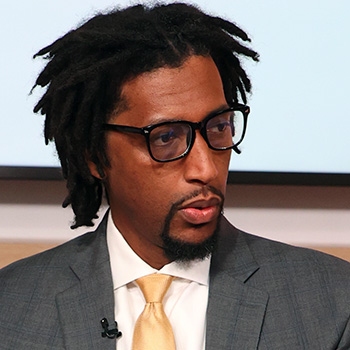
What is neurodiversity
Neurodiversity is a term for something that, up until more recently, to the public was autism. Autism, dyslexia, ADHD. From a neurological standpoint, there’s just diversity within neurological processes. The way the mind works from a sensory standpoint; auditory, sight, smell, taste, and touch.
It’s just a way to include that diversity and create inclusive and diverse environments.
Transition assistance
At the Neurodiversity Education Research Center, we operate and manage a school called Science Prep Academy Middle School, high school, STEM school, college and career prep to help students who are autistic transition into the workforce.
We’ve been able to find a lot of innovative strategies to create inclusive learning environments to help individuals to make that transition into the workforce.
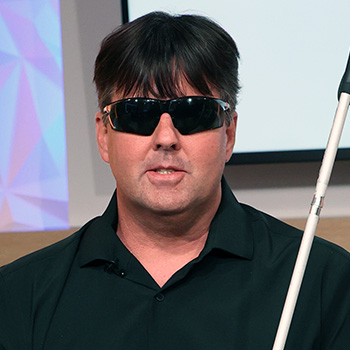
Role of tech
Technology is the great equalizer. Reasonable accommodation has already been created. What we’re facing here is the fact that we’re uncomfortable with the cane. We’re uncomfortable with the wheelchair. We’re uncomfortable with somebody using ASL (American Sign Language). We’re uncomfortable with the prosthetic limb, uncomfortable with the visual.
We can name that. It’s actually loss aversion.
I’m blind, not dead. I can actually feel when people are a little uncomfortable around the cane. That uncomfortable, squishy feeling; Its loss aversion.
Once we get past that it’s still, “Yeah, but how does a blind person do X, Y, or Z?”
It’s technology.
Technology is the solution to allow me as a blind person to be a coder, a network admin, or to be a cyber security analyst. But what isn’t technology a solution for? It’s the awareness part. It’s the education part. We as leaders need to recognize if you’re feeling uncomfortable with something, lean into it. Lean into that and just realize technology is there to help somebody like me do a great job.
Representation matters
Organizations are making sure that the user interface, the public side of their applications, is completely accessible, right? That’s where the lawsuits happen.
But, making sure the workforce side of those applications is completely accessible, they’re doing that through representation. Applications and systems become way more accessible when you have individuals like me – individuals with disabilities, people who are blind, visually impaired – working on the inside of those organizations.
That’s where we come in to play a role in connecting the dots between education, preparation and research. We want to advocate for policy and legislation that will make sure that we can create inclusive and diverse work environments for the community.
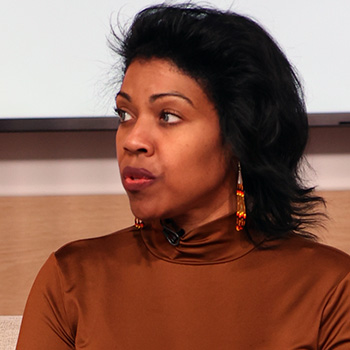
Putting plans into action
The truth of the matter is we really have to talk about what’s going on in our society today. There are so many different constraints and rules and so many different stereotypes and a lot of different negativity that’s going on.
Education is the key. But you need to be reaching out to ask what are you doing in your business to encourage diversity, equity, and inclusion. And what does that really mean for you?
One of the things that we need to do is have that conversation, have that heart-to-heart conversation.
There is a massive education piece that needs to take place.
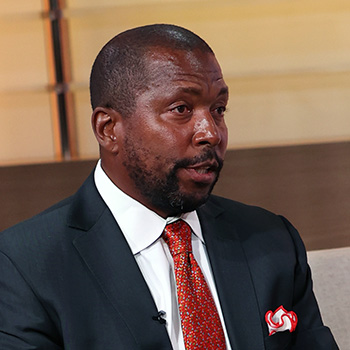
Change the discussion
We’ve got to make sure that the discussion of diversity is a holistic discussion. We’ve got to stop limiting diversity to conversations about race and gender and sometimes LGBTQ. It’s so much broader than that.
A diverse organization should be representative of a diverse community.
It starts with that intent. It starts with that absolute commitment that this change must happen. It’s imperative. It’s not an idea. It’s not an initiative at this point. It’s imperative.


